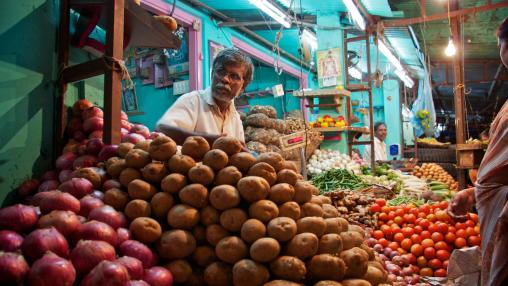
Experts: What is causing food prices to spike around the world?
Spiking food prices have made headlines around the world this year, from eggs in the US to vegetables in India.
The UN Food and Agriculture Organization’s Food Price Index has been slowly increasing over the past six months following declines over much of 2023.
For example, the price of orange juice concentrate in the US was 42% higher in April than it was a year ago, while the price of fresh orange juice in the UK has risen 25% over the last year.
In Greece, the price of olive oil rose by nearly 30% over 2023 and by more than 63% in April of this year.
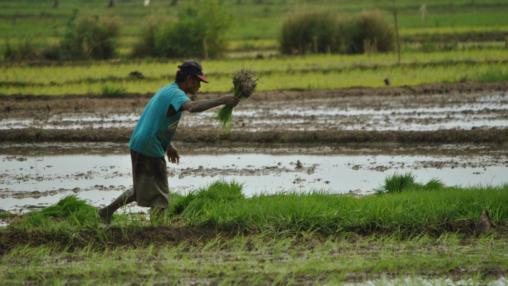
Trade policy and food price volatility: Beggar thy neighbor or beggar thyself?
Recent shocks from the COVID-19 pandemic to the ongoing Russia-Ukraine war have disrupted global food and fertilizer supply chains—causing price spikes and increased price volatility—a disastrous combination for many vulnerable consumers around the world.
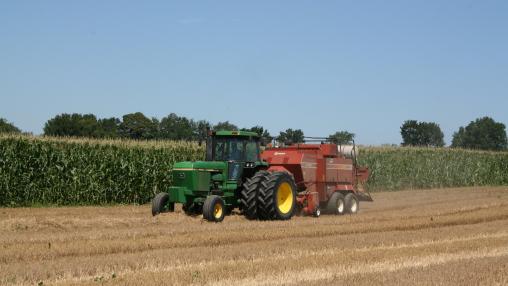
Concerns over wheat supplies and prices, plus the impact of biofuels on vegetable oil markets: Latest FAO Food Price Index and AMIS Market Monitor released
The FAO Food Price Index rose by nearly 1 percent in May due to increased cereal and dairy prices. It remained 3.4 percent below its May 2023 levels and nearly 25 percent below the peak seen in March 2022.

FEWS Net Gaza Update: Food Aid Increases in April But Food Supplies, Access Remain Low
Despite an increase in food aid delivered to the region, the food security situation in the Gaza Strip remains dire, according to an updated FEWS Net report released in late April.

Soaring cocoa prices: Diverse impacts and implications for key West African producers
Cocoa bean prices have been rising since the last quarter of 2023, hitting a record high of $10.97 per kilogram on April 19 (Figure 1). The price spike is due to a significant drop in bean production by major global suppliers—four key producing nations in West and Central Africa account for more than 60% of the world's supply of cocoa beans: Cote d’Ivoire (with 38% of the global production in 2022), Ghana (19%), Nigeria (5%), and Cameroon (5%).1
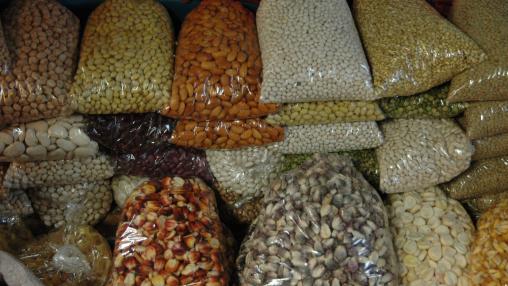
FAO Food Price Index Rises Slightly, But Remains Significantly Lower than April 2023
The FAO Food Price Index rose marginally in April but remained 7.4 percent below its April 2023 level. The slight increase was driven by rising meat, vegetable oil, and cereal prices.
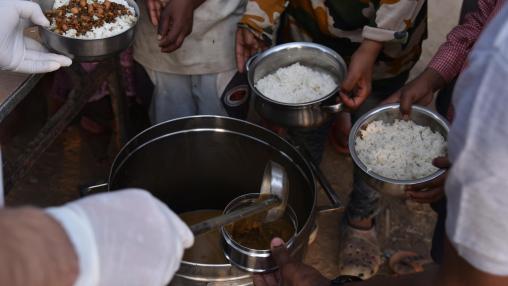
The World Continues to Grapple with Acute Food Insecurity: 2024 Global Report on Food Crises Released
Hunger continues to rise across the globe, with nearly 282 million people facing acute food insecurity in 2023, according to the 2024 Global Report on Food Crises (GRFC). This number is up by 24 million from 2022, marking the fifth consecutive year that food insecurity has risen.

FAO Food Price Index Rose Slightly in March
After seven months of declines, the FAO Food Price Index rose slightly in March due to increased vegetable oil, dairy, and meat prices. The Index remained 7.7 percent below its March 2023 levels.
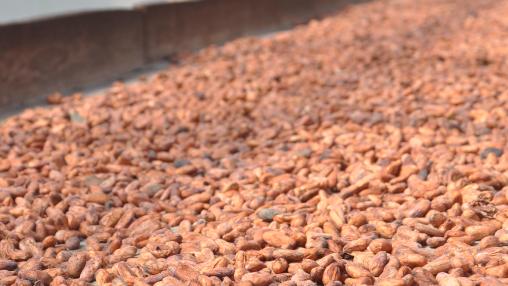
Global cocoa market sees steep price rise amid supply shortfall
Cocoa bean prices have climbed to record nominal levels over the past six months, more than doubling since August 2023 (Figure 1). This price spike has largely been driven by weather-related diseases that have reduced cocoa production in key West African countries accounting for almost three quarters of world supplies.
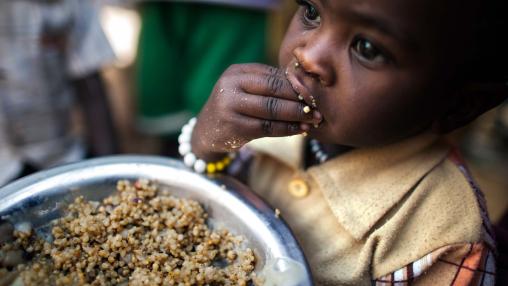
Rising food prices are putting children in harm’s way
The real price of food has risen dramatically in 21st century, with the FAO food price index peaking at an all-time high in March 2022 at 116% above its 2000 value (Figure 1). While food inflation has long been a cause of concern for nutrition agencies in low- and middle-income countries (LMICs), new evidence is shedding light on the potential impacts of rising food prices on child malnutrition in LMICs.
Figure 1